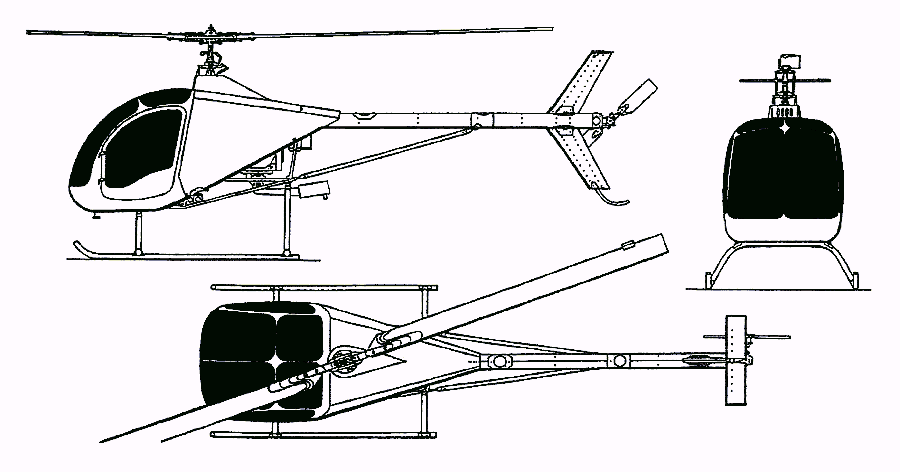
The result so far is 27 damselfly families, with 7 more likely to be created. The Protoneuridae in particular is shown to be composed of six clades from five families. Molecular analysis in 2013 confirms that most of the traditional families are monophyletic, but shows that the Amphipterygidae, Megapodagrionidae and Protoneuridae are paraphyletic and will need to be reorganised. Well-preserved Eocene damselfly larvae and exuviae are known from fossils preserved in amber in the Baltic region.

Fossils of damselfly-like Protozygoptera date back further to 311–30 Mya. The earliest larval odonate fossils are from the Mesozoic. All the fossils of that age are of adults, similar in structure to modern damselflies, so it is not known whether their larvae were aquatic at that time. The Zygoptera are an ancient group, with fossils known from the lower Permian, at least 250 million years ago. Damselflies sometimes provide the subject for personal jewellery such as brooches. The pair often remain together with the male still clasping the female while she lays eggs within the tissue of plants in or near water using a robust ovipositor.įishing flies that mimic damselfly nymphs are used in wet-fly fishing. A mating pair form a shape known as a "heart" or "wheel", the male clasping the female at the back of the head, the female curling her abdomen down to pick up sperm from secondary genitalia at the base of the male's abdomen. Like dragonflies, they reproduce using indirect insemination and delayed fertilisation. Many species are sexually dimorphic, the males often being more brightly coloured than the females. Some species of damselfly have elaborate courtship behaviours. Their presence on a body of water indicates that it is relatively unpolluted, but their dependence on freshwater makes them vulnerable to damage to their wetland habitats.
#FLY DRAGONFLY 2005 HELICOPTER JUST ROTATES SKIN#
The skin splits down the back, they emerge and inflate their wings and abdomen to gain their adult form. The nymphs moult repeatedly, at the last moult climbing out of the water to undergo metamorphosis.

The nymphs are aquatic, with different species living in a variety of freshwater habitats including acid bogs, ponds, lakes and rivers. An ancient group, damselflies have existed since at least the Lower Permian, and are found on every continent except Antarctica.Īll damselflies are predatory both nymphs and adults eat other insects. Most species fold the wings along the body when at rest, unlike dragonflies which hold the wings flat and away from the body. They are similar to dragonflies, which constitute the other odonatan suborder, Anisoptera, but are smaller and have slimmer bodies. Platycnemididae – white-legged damselfliesĭamselflies are insects of the suborder Zygoptera in the order Odonata.


 0 kommentar(er)
0 kommentar(er)
